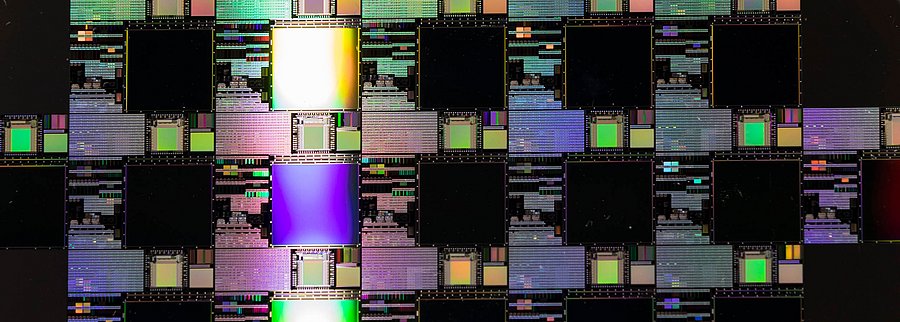
Takes place only in the winter semester
Chip Design (CD)
Study Programs:
Elective subject in the following Master's degree programmes: Electrical Engineering, Computer Science, Information Technology, Industrial Engineering and Management
- Module number: FBE0288 (is currently still being added to the corresponding module handbooks)
Learning outcomes / Competencies:
Students will gain core knowledge in the value chain of Radio Frequency Integrated Circuit Design (Chipdesign) from circuit theory, analog and digital electronics, semiconductor devices, and signal processing. Circuit design including chip packaging and board design as well as verification and production testing. After the successful completion of the course, students have theoretical knowledge, practical experience, and problem-solving skills for circuit design including industry standards.
Contents:
-
Circuit Analysis and Design: This involves understanding circuit components, their characteristics, and how they interact within a circuit. This inludes skills in schematic capture and circuit simulation software. It allows engineers to design and capture the logical connections and components of a circuit including validation of circuit functionality and performance before physical implementation. It supports both analog and digital simulations. Circuit examples include RF amplifiers, mixers, filters, oscillators, and digital logic circuits using appropriate components and design techniques.
-
Layout Design: This involves the physical layout of integrated circuits. It covers the placement of components, routing interconnects, and ensuring design rule compliance. Advanced features include automated placement and routing algorithms to improve design efficiency in digital design. This includes knowledge of layout guidelines, understanding of signal integrity and power distribution considerations, and proficiency in using circuit design software.
-
Design Flow and Design Tools: This includes commercial electronic design automation (EDA) software like Cadence as well as open-source digital design toolset developed by The OpenROAD Project by UC Berkeley. OpenLane aims to automate and streamline the process of designing digital integrated circuits (ICs) by providing a complete end-to-end design flow.
-
Circuit Verification: Various physical verification features, including Design Rule Checking (DRC) and Layout versus Schematic (LVS) checks. These checks ensure that the layout matches the intended circuit design and complies with manufacturing rules. Students will learn how to checks for violations such as minimum spacing, minimum feature size, and other geometric rules.
-
Extraction and Analysis: This includes the extraction of accurate EM models of parasitic elements (e.g., resistors, capacitors) that affect circuit performance. These extracted models can be used for further analysis, such as signal integrity analysis.
Learning objective:
Our future society is driven by unlimited, ubiquitous wireless connectivity. On the building block level you will learn the basics of such high frequency systems. High-frequency signal amplification and nonlinear effects are of utmost importance. After successful completion you will have good opportunities to work in the areas of: wireless connectivity, high frequency electronics, communication.
Where do you need these skills in our research activities?
